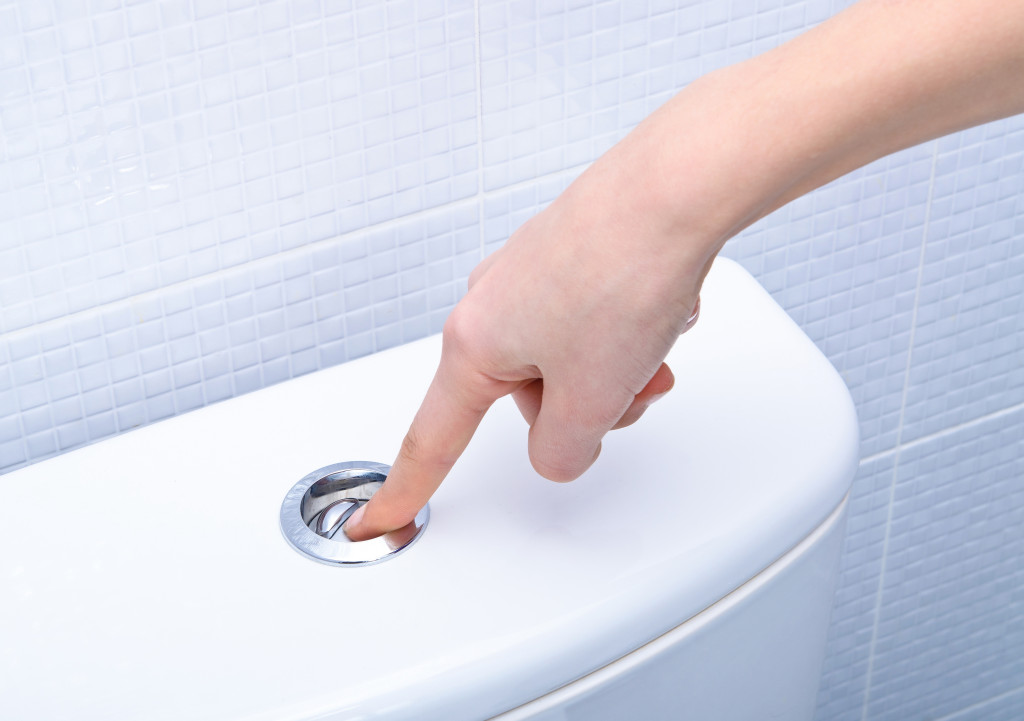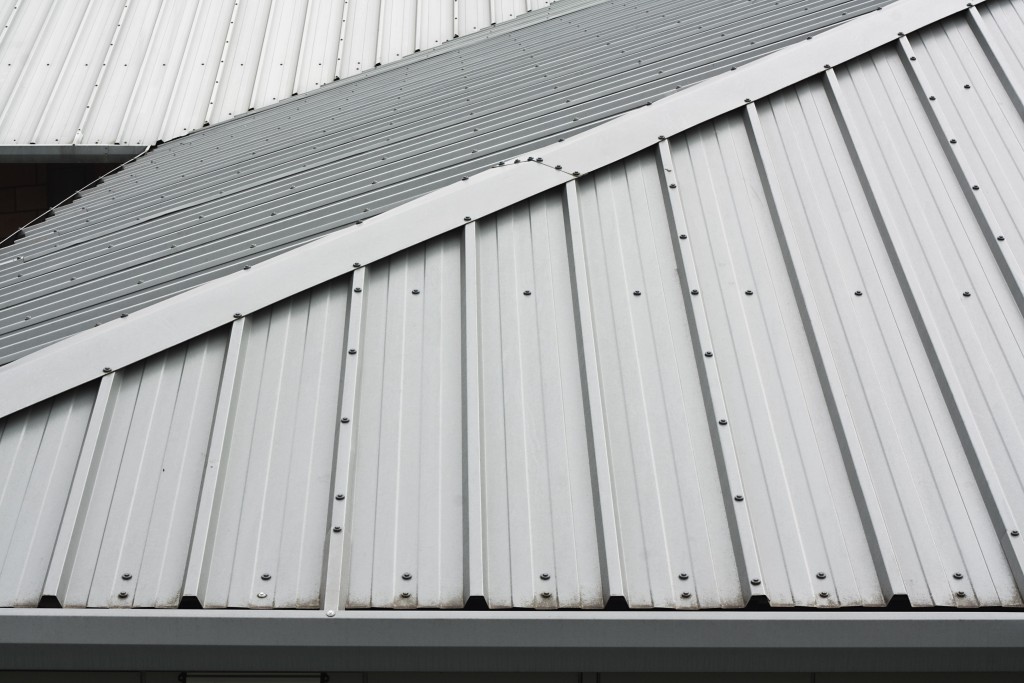Everybody poops; it’s part of human nature, with an average adult flushing around 320 lbs of poop down the toilet every year. Once in a while, you may have problems in your home’s plumbing, leaving you with a clogged toilet. Experts in plumbing services offer the best advice and solutions to resolve your toilet issues. You may then wonder, what happens after I flush?
When you flush your toilet, it goes through your area’s sewage system alongside the water from drains from our sinks, streets, and showers. After going through the system, your poop will go to a wastewater treatment plant, undergo three stages to make it disease-free and ready to reuse.
The Three Stages of ‘Treating’ Flushed Poop
Segregating
The first stage is when all the waste that gathers in the area’s pipes sits in a tank for several hours, allowing the solid parts to settle at the bottom. Then the water at the top is skimmed and sent off to be processed. The poop will remain in the sludge that gets leftover.
Cleaning
Next, the sludge will undergo the ‘activated sludge process,’ which uses biology to ensure the poop is disease-free and clean. Billions of microorganisms present in poop breathe in oxygen while happily munching on toxic pollutants like phosphorus that cause algae growth on waterways, purifying or cleaning the sludge in the long run.
Another way of ‘cleaning’ poop involves a tank called the “digester.” It features hot temperatures and minimal oxygen, allowing anaerobic bacteria to grow and convert waste into water, carbon dioxide, or methane, which treatment plants use for fuel.
Drying
Finally, the sludge should almost be liquid at this point. The treatment plants dry it out as much as possible using a centrifuge following a spinning cycle. This step removes most of the water, producing the final product of flushed poop, biosolids.
Benefits of Flushed Poop
Although what you’re flushing down is waste, it turns out it can be surprisingly useful as it turns into biosolids. A considerable portion of flushed poop usually ends up fertilizing the crops that people eat. Another use of flushed poop is fuel, which heats the facilities that process them, while the rest ends up in landfills.
But before poop can be used as fertilizer, fuel, or end up in landfills, it goes through a series of processes to ensure it’s free from disease, making them safe to trudge along waterways and farm-use. But what happens when wastewater doesn’t get appropriately managed?
The Downside of Flushed Poop

When a sewage system doesn’t get appropriately maintained or managed, it won’t get rid of poop properly, leading to disease-causing germs spreading. The most common illnesses people get with wastewater include:
Dysentery — A progressive disease that causes abdominal cramps, severe diarrhea, and nausea.
Arsenicosis — Arsenic is a toxic substance common in sewage water, and when it finds its way river banks and people get in contact with it, it can cause painful skin lesions that can lead to cancer.
Polio — An acute viral infection that passes through water from the poop of an infected person, it can cause paralysis of seizures.
Improper maintenance of sewage systems can lead to these diseases, so make it a habit not to flush things down your toilet.
That’s it! That’s the journey your flushed poop goes through when you flush. So, go ahead and pat yourself on the back when flushing your morning poop because chances are, you’re helping farmers in some part of the world grow healthy crops.




